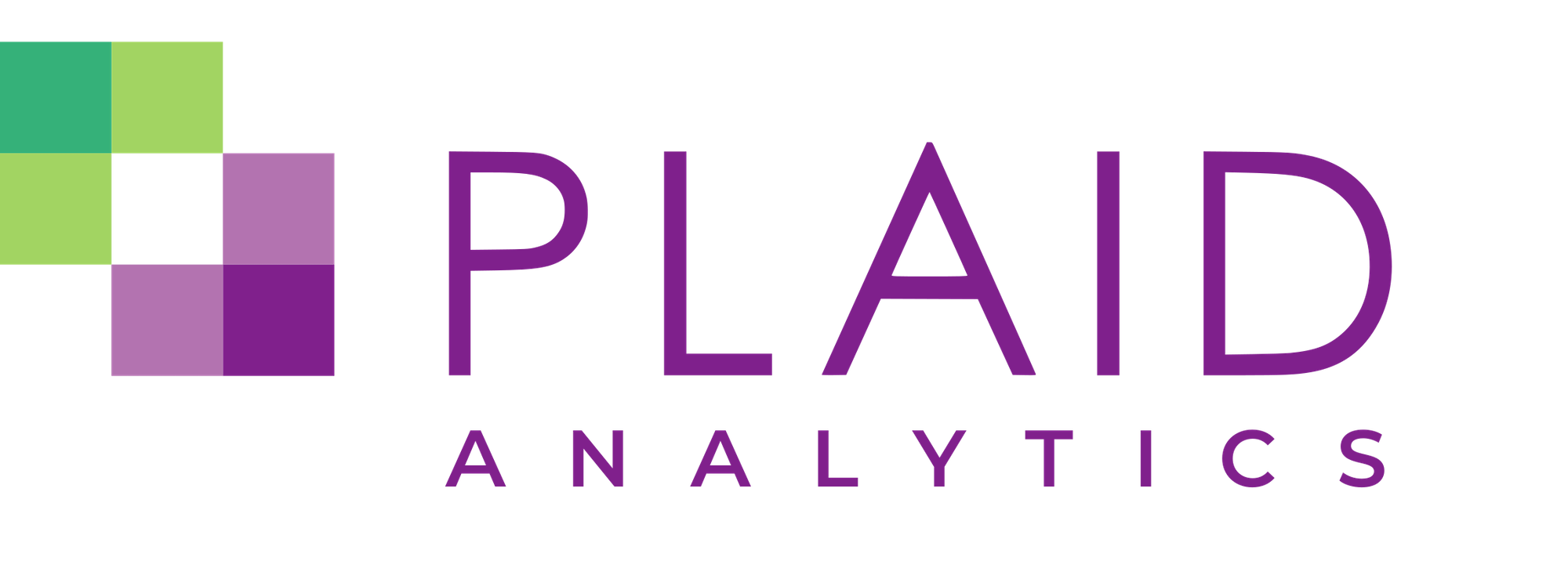7 Practices Research & Data Analysts Can Learn from DIY-ers

Research and data analysts in higher education, like many public sectors, find themselves doing a lot with a little. Just like your neighborhood tinkerers and DIY-ers you call up about a problem with your sink, analysts are problem-solvers in the student information and processing neighborhoods of their institutions. I should know; I grew up with a fix-it-all father, and I apply his approach to my work today.
My father trained as an electronics technician but worked as an appliance, power tool, and electronics repair tech for Sears for over twenty years. He expanded his skillset at home, relying on a Reader’s Digest Fix-it-Yourself Manual of Home Repair, to include woodworking, furniture and sewing machine repair, plumbing, shingling, and lampwork projects. The analyst’s career journey is similar; we start off with a core skill set (perhaps SQL, statistical modelling, or business intelligence) and over time expand our repertoire to include skills with new software tools, technical writing, online research, teaching, graphic design, programming, interviewing, and advocacy.
7 Practices New Institutional Research & Planning Analysts Can Learn from DIY-ers
1. Learn to Use Your Basic Toolkit.
While my father collected scrap appliances, he kept close at hand a standard screwdriver and wrench set, wire cutter, and a soldering iron. He used these so much, the color and branding had worn off the handles. While some problems required specific tools, he could solve most of them with what he already had.
Technology changes rapidly, but the core of institutional research work is based on the teaching and learning cycle, and fundamental data validation and transformation skills.
These don’t change regardless of whether you work with PowerBI or Tableau, Banner or Colleague, SQL or DAX. Learn your institution’s culture and student lifecycle, and become proficient in answering the most commonly asked questions of your data. Then, whatever new project or problem you take on, you’ll already have most of what you need to figure it out.
2. Find the humor in fixing your own mistakes.
Being able to catch your past mistakes means you’ve learned. My dad loves to laugh, and whether he’s talking about refixing a failed patch job on a leaky pipe or how on one VCR he replaced six parts before he found the actual problem, he can find humor in it all. By laughing at your past ignorance or faux pas, the experience of fixing it becomes a minor annoyance rather than a major frustration. Also, I’m a fan of mild self-deprecating humor, and sharing these stories can be a way of building camaraderie—chances are if you share your story, more experienced colleagues will tell you about a time they did something similar. And new colleagues will not feel so bad when they inevitably experience the same thing.
3. Expect that identifying one problem will lead to several subsequent ones.
This expectation allows you to better plan your time for the reality of legacy systems and inherited processes from past employees. Since everyone brings a different skillset and approach to the work, we all make different errors or find different workarounds. With technology changing so rapidly, you shouldn’t be surprised when a process from five years ago starts causing suddenly causing an error in a new tool, automation, or fails with a software update. If you’ve done the work to understand your student information system, the underlying ETL scripts and processes, when you find a flaw in the end-product, a repair in a number of places will have to happen. Sometimes we ignore the small errors until the collection of them compound into to a major problem.
4. Everything, even abandoned projects, have value.
When broken items were deemed too little value or take too much time to disassemble for parts, my father would take them home. He’d stack written off equipment in every nook and cranny of his workshop. When I moved out, he gave me a vacuum built from written off parts. My mother, my sister, and I never had to buy a sewing machine.
When you’ve found a new approach, but not been able to use it for the intended project, save your work and document your learning.
What is written off for one project may have a use for a future one. When I try to find a new efficiency in a workflow or test a different approach to a visualization but don’t end up using it in the final version, I save my work (likely to the dismay of my coworkers when they look in the test folders on our shared intranet drives). There are more than a handful of times that I’ve used scrapped code snippets and abandoned data visualizations in later projects that did move into production.
5. Check your settings match with the job.
My father had a regular customer who would bring her sewing machine in for repair every month. She’d say, “it keeps jamming. It’s like the feed dog isn’t moving and everything gets gummed up under the foot.”
Each time, he would clean out the machine, check the slide plate and bobbin holder, then ask her to show him the problem on a scrap piece of fabric. She was always surprised to see it working fine in the shop.
After the third time she came in, she finally told him she was working on an upholstery project. “And you’ve adjusted the tension on the machine when you switch fabrics?” he asked.
“Well, I try but that makes it worse.” She said. When he asked her to show him, she span the dial from two to four, then back to one. “It makes no difference!” If you aren’t a sewist, such drastic changes to the tension is like going from 5 km/h to 100km/h, if tension were equivalent to speed.
If you can’t figure out why something isn’t working or behaving like it should, check your settings. When it’s always your first step in the error-checking process, you can be sure you won’t spend unnecessary effort rewriting functional calculations, modifying efficient processes or otherwise undoing completed projects that work when they’re set up correctly.
6. Know when to ask for help, and leverage your network.
While my father has a wide skillset, when it comes to gas appliances, he always refers to someone else. When the gas furnace died in my brother’s new house, my brother called my dad to find out if it was something he could look at. While he might not be an electrician, my father did a little electrical work. While not a plumber, he’d do some plumbing repairs. But furnaces were something he knew was better left to experts. He told my brother to call up a distant cousin who was a certified gasfitter. After the cousin fixed the furnace and my brother asked for the bill, the cousin pointed to a wood crokinole board my brother and father had made, and said “Why don’t you just make me one of those, and we’ll call it even?”.
You never know what kind of support or needs a colleague in another unit may have, and by asking for help, you not only are showing you understand and respect their skillset, but also that you are also available to provide them with help. Asking for help is one simple way to build relationships and deconstruct knowledge silos across your institution. But if you ask for help, remember to provide help in return.
7. Regular maintenance matters.
Sewing machines need to be oiled. Dishwashers need to be cleaned. Top-loading washing machines need their feet height checked to ensure a quiet and effective spin cycle. Setting up simple reports to catch common data entry errors, oddities, or to monitor duration of workflows, keeps your reporting data clean(er) and systems running smoothly. It’s these small tasks that will save you time in the long run, and enable you to quickly respond to emergency data requests and maintain smooth automated data processes. Catching the errors before it hits your report or your transformed data sets not only reduces the amount of troubleshooting steps when researching errors, but also ensures end-users continue to trust your published reports. If you’ve found the errors and fixed them before your most suspicious data user does, they’ll have one less reason to doubt the validity of your analysis.
Take the Next Step in Data-Driven Leadership
As higher education leaders, you understand the critical role of sophisticated data analysis. Plaid offers strategic solutions to transform your institutional research team’s potential.
Your role is to guide your institution towards data-informed decision-making. Book a meeting to learn how Plaid:
- helps identify and address institution's specific challenges
- can support achievement of your strategic goals
- can turn potential into reality: discover the ROI of implementing advanced analytics in your institution.
Empower your analysts to become the data experts your institution needs.
